7 Best Things to Do in Al Fahidi Quartier in Dubai
Dubai is not only skyscrapers, modernity and avant-garde. It is also history and tradition. And the best place to experience it is a small neighbourhood straight out of the tales of a thousand and one nights called Al Fahidi.
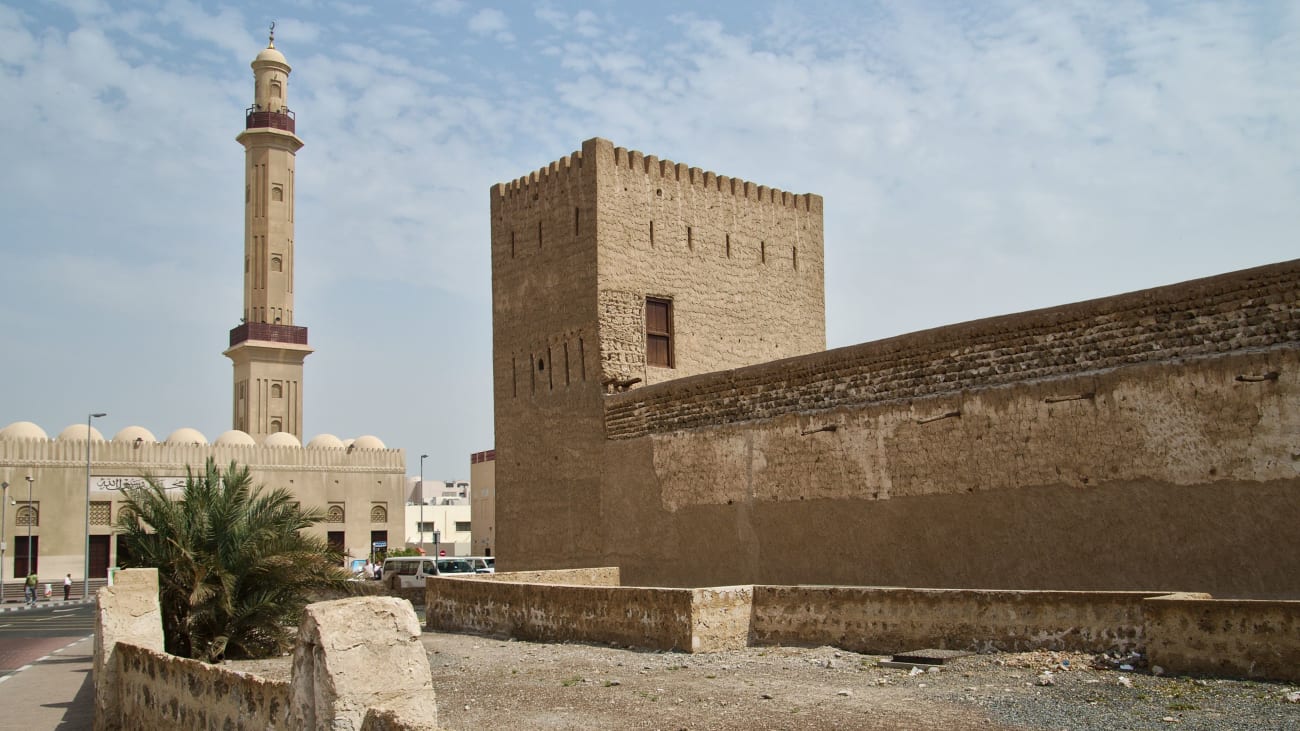
Al Fahidi Fort | ©Rob Oo
Al Fahidi or Al Bastakiya is a journey into Dubai's past. It is a small district of historic buildings and streets, some of the oldest in the city, located within the Bur Dubai neighbourhood. It is the perfect place to enjoy local cuisine, art and exhibitions of all kinds.
Al Fahidi, also known as Al Bastakiya, was established in the 19th century at the mouth of the Dubai Estuary. Its buildings were constructed of stone, teak, plaster, sandalwood and other materials common at the time, and their excellent preservation has meant that today we can see them in a perfect state, and it has even been declared a World Heritage Site. Continue on to discover it!
1. Dubai Museum
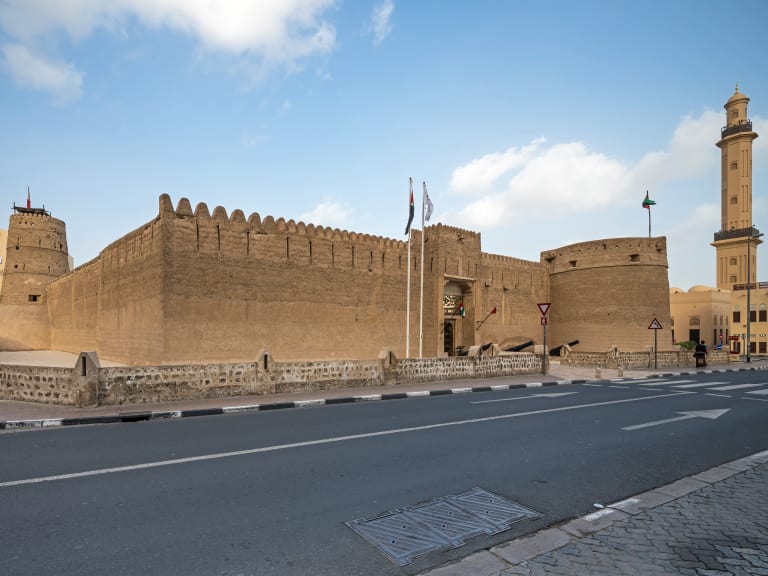
The first thing I recommend you to visit is definitely the Dubai Museum. Before you dive into the streets of Al Fahidi, it's a good idea to soak up the history of the place so you'll see everything from a different perspective. Don't worry if you don't think museums are your thing. The exhibition is very well organised and the visit is very enjoyable. It is structured chronologically with historical pieces that go from when the city was a fishing village to the megacity it has become today.
Its exhibits range from Dhows, typical boats of the area that are over 1000 years old, to a room dedicated to ancient and modern architecture, as well as all kinds of antiques. It is in this museum that you will really learn about the origins and essence of Dubai.
The museum is located inside the Dubai Fort and is a must-see on your visit to Al Fahidi.
- Price and opening hours of the Dubai Museum: The entrance fee to the museum is symbolic. At the exchange rate it is less than 0.30 euros, although you can also make a free donation. As you can see, the price is no excuse for not visiting the museum. Saturday to Thursday from 8:30 am to 8:30 pm. Friday from 2:30 pm to 8:30 pm. Friday is the day of rest in Dubai so it is closed in the mornings and in the afternoons it tends to be a bit more crowded.
- How to get to the Dubai Museum: The museum is located in the Dubai Fort on the east side of Al Fahidi on 62A Street. It's very easy to get to, but I recommend you do it in two ways: either on foot if you're already in Bur Dubai, as the museum is in a central part of the neighbourhood and it won't take you long to get there, or by car.
2. Dubai Fort
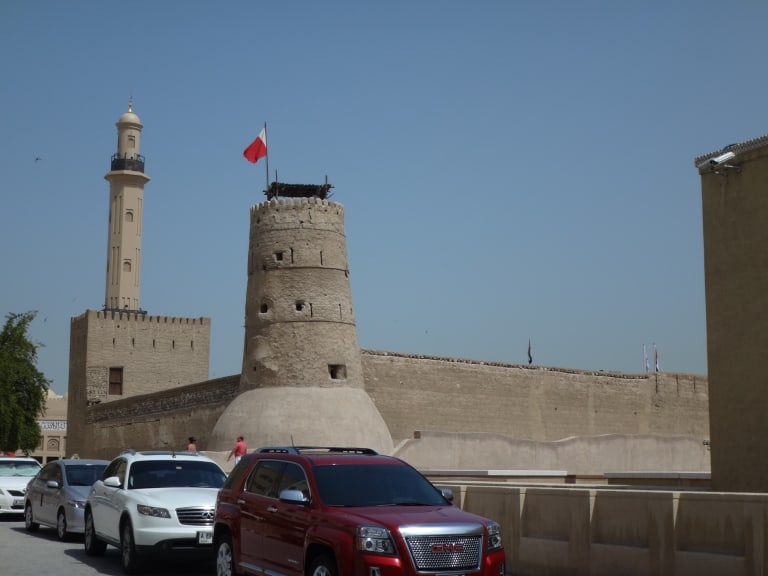
Technically, the Dubai Fort and the Dubai Museum are one and the same, as the museum is located inside the fort. However, I've chosen to separate them to tell you some interesting things about this building. It is the oldest building still standing in the city.
It was built in 1787 using stone, adobe bricks and palm leaves. It is surprising that it is still in place, as it has been damaged and repaired several times throughout history. However, it was built to defend against the pirates who laid siege to the coast. In the early 20th century three large towers were added and since then the fort has served as a barracks, prison, palace and now a museum.
3. Al Farooq Mosque
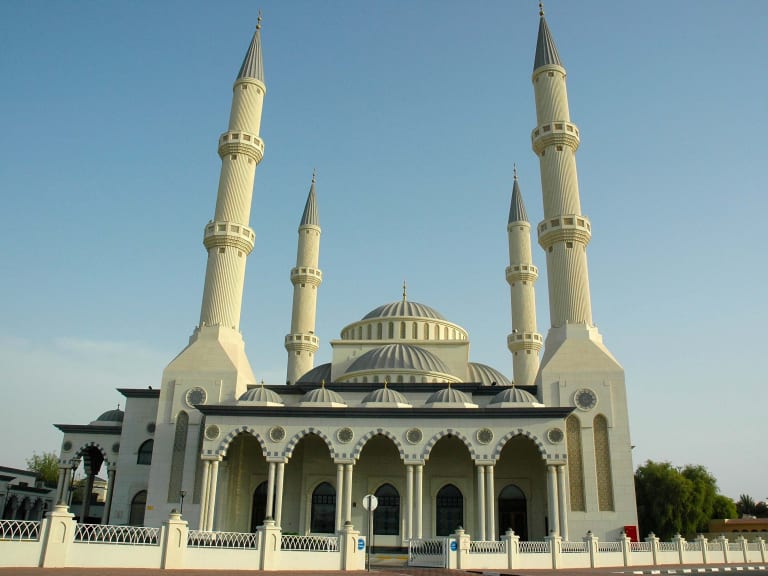
In the heart of Al Fahidi lies the Al Farooq Mosque. It is the only mosque in Dubai, along with the Jumeraih Mosque, that is open to tourists. Both the mosque and the surrounding environment look like something out of a fairytale. When you book your tour of Al Farooq, you'll see that it' s inspired by the legendary Blue Mosque in Istanbul and shares many architectural similarities, not least in size; it's one of the best mosques in Dubai.
- Visiting hours and entrance fees: Although the mosque is open to the non-Muslim public, it is not open to the public. Reservations are required so the best option is to see it as part of the Dubai tours that organise visits. If you want to visit the mosque on your own, you'll have to contact the mosque's management via their website. Opening hours: Sunday to Thursday from 10:00 to 11:00 and from 16:15 to 18:00.
- How to get there: The mosque is located in the northern part of the neighbourhood next to Dubai Creek and very close to the Dubai Museum. There are parking areas nearby, but taxis are still the best option, and there is also a bus stop very close by, on the F70 bus line. The Al Fahidi Marine Abras station is also nearby if you want to travel along the creek.
Dress codes:
- For women: loose-fitting trousers and long skirts. Tight-fitting clothes are not allowed. Long sleeves and a headscarf. Transparent clothing is not permitted.
- For men: Shorts below the knees are not allowed. Shirts and T-shirts must be at least shoulder length.
In any case, take a look at this post on how to dress in Dubai which might clarify things a bit.
4. Sheikh Mohammed Centre for Cultural Understanding
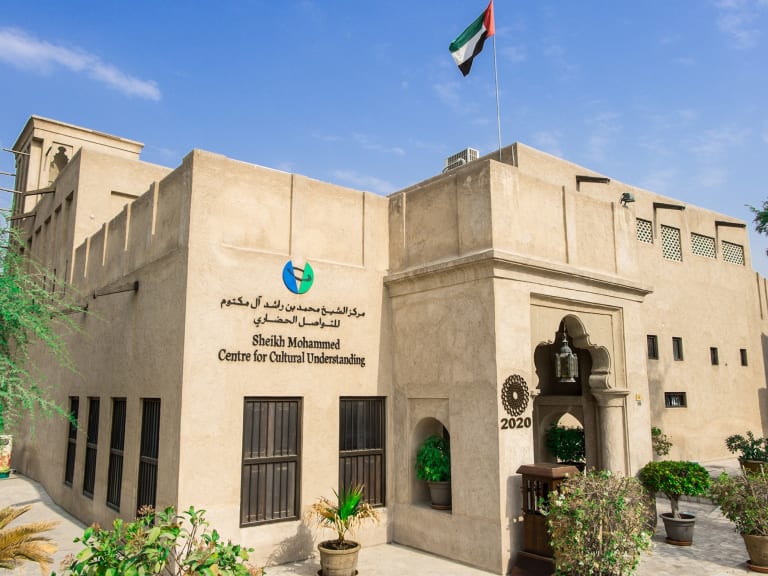
For us Westerners, the customs of the United Arab Emirates can be difficult to understand. That's why the Sheikh Mohammed Centre for Cultural Understanding, or SMCCU for short, was opened in 1998. Its aim is to help visitors understand the country's culture and customs.
To this end, they have numerous activities, including traditional breakfasts, lunches and dinners. In the centre itself they offer these typical meals seated around a Bedouin-style carpet while the guide answers all kinds of questions about their culture. An activity that I recommend 100%.
- Opening hours and visits: The doors of the centre are open to everyone, although the activities on offer do have a cost. You can get information and book them there or book in advance and do it on their website. If you are interested, I recommend that you book in advance on their website. From Sunday to Thursday from 8:00 to 15:00 and Saturdays from 9:00 to 13:00. Fridays are closed, as this is the day of rest in Islamic culture.
- How to get there: The centre is located in the heart of Al Fahidi, in a carefully restored typical wind tower. You can get there on foot, as the surrounding streets offer a pleasant walk. If you opt for a car, you won't have much difficulty finding parking, as there are several car parks in the vicinity. Taxis are always the most convenient and cheapest way, and by bus the nearest stop is HV1 on the F70 line.
5. Stroll through the streets of Al Fahidi Historical Neighbourhood
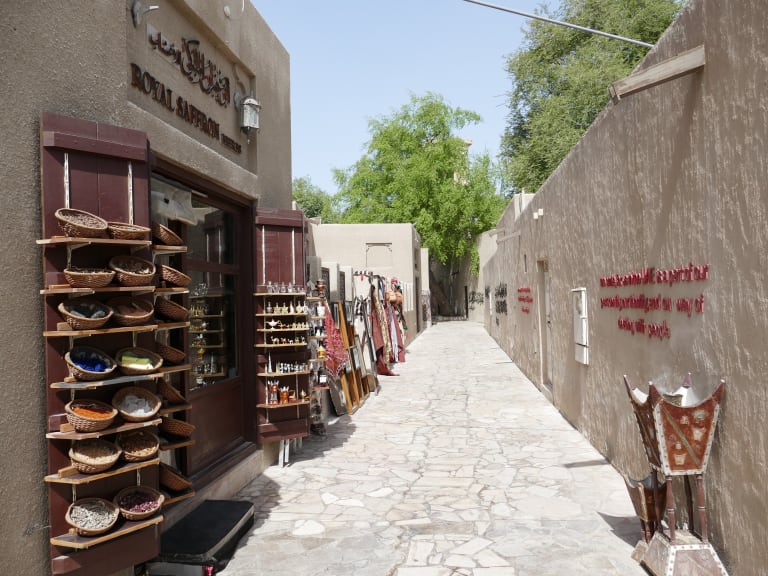
It's not all about museums, monuments and more. Al Fahidi is also a spectacular area for those who just want to take a leisurely stroll. Its winding, narrow streets look like something out of the Arabian Nights and are the perfect place to get your camera out.
The area is home to a number of cafes where you can enjoy a good cup of coffee and tea, as well as some great value restaurants where you can sample the local cuisine. If you want to take home a souvenir of Dubai, Al Fahidi also has craft shops, clothes shops and all sorts of other options for souvenirs and gifts.
6. Al Fahidi and culture
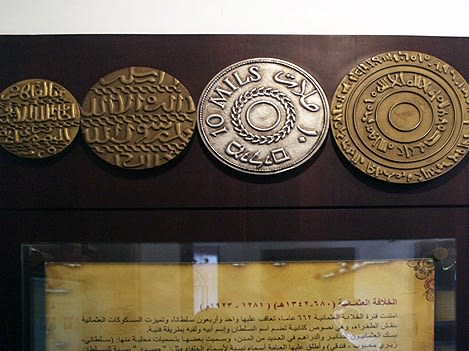
Al Fahidi is also the place to be for those who like to immerse themselves in local culture. Among the more than 50 historic houses that make up the heart of the neighbourhood are endless art galleries, museums and historic buildings. Some of the best options to visit are:
- Coin Museum: Where more than 500 historic pre-independence and post-independence Emirati coins are on display.
- Symposium House: They offer cultural talks also for tourists, as many of them are in English.
- Events House: Offers events and activities such as craft demonstrations or small music concerts.
- House of Calligraphy: Related to Arabic writing and its creative art form.
7. Al Fahidi by night
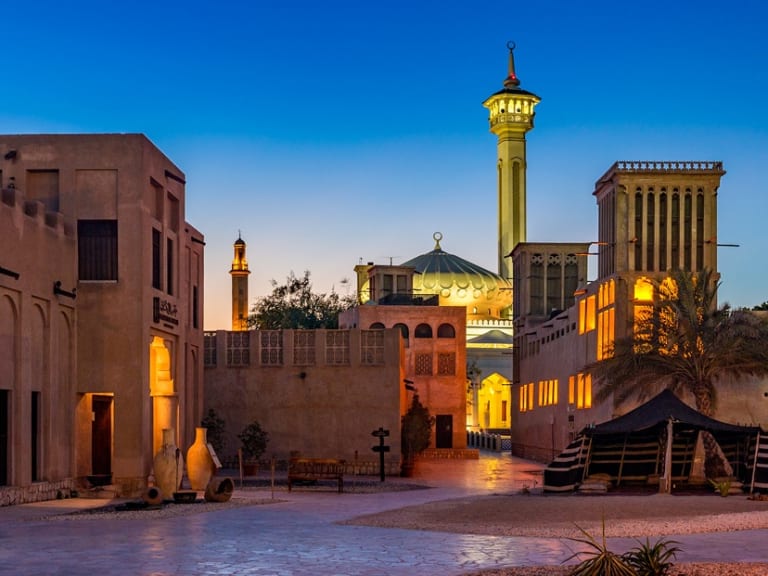
I've already told you about the walks through the streets of Al Fahidi. But they change, and for the better in my opinion, when it gets dark in Dubai. The illumination of its emblematic buildings is very successful and completely transforms the streets. You can start at dusk, have a leisurely dinner in one of the restaurants and then admire the lights. The Al Farooq Mosque and Dubai Fort are particularly beautiful.
Where to eat in Al Fahidi
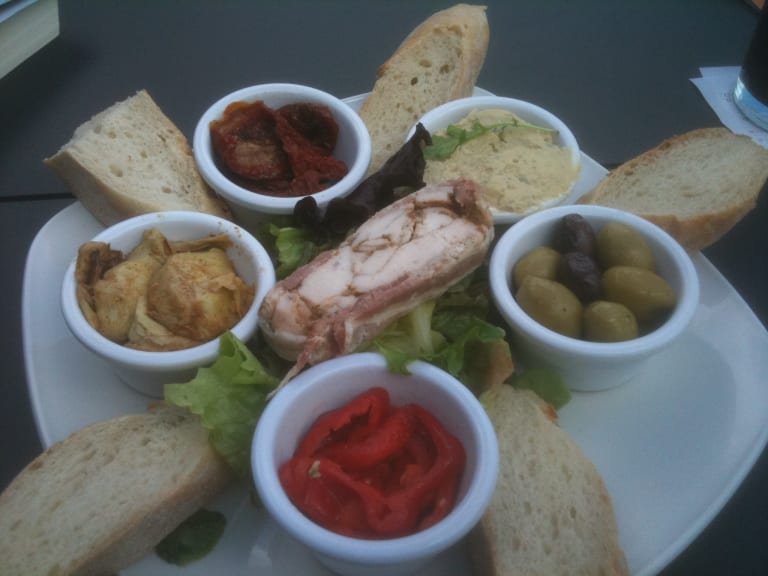
Dubai 's dining options are varied. Traditional Dubai food is what you'll find most in Dubai's cafes and restaurants. You can enjoy dishes such as mezze, a meat and vegetable-based snack dish, Tabbouleh, a salad made from semolina, parsley, lettuce and aromatic herbs, or the typical hummus. If you want a recommendation, in Al Fahidi there is a small restaurant called Local House which, in addition to dishes like these, is one of the few that serves camel meat.
If you've read this far, you already know that. Whether you want to soak up the customs and history of Dubai, or enjoy the Arabian cuisine and culture, Al Fahidi is the place for you.
